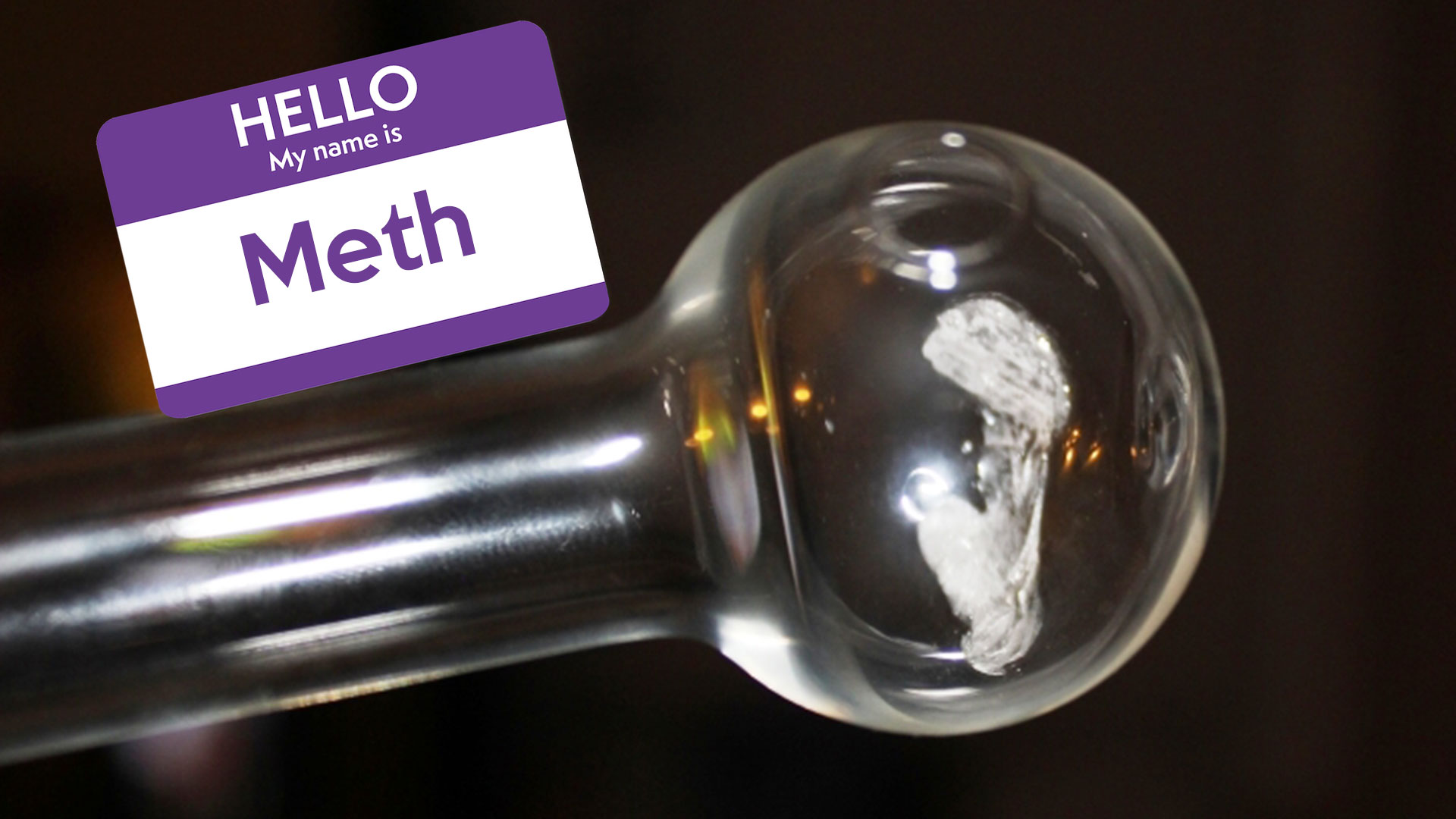According to DrugAbuse.gov, methamphetamine is most often abused in a “binge and crash” pattern. Because the pleasurable effects of methamphetamine disappear even before the drug concentration in the blood falls significantly, users try to maintain the high by taking more of the drug.
This leads to the habitual consumption of Desoxyn. Speed. Crank. Tweek. Uppers. Chalk. Christina. Ice. Go fast. Cookies. No doze. White cross. Pookie. Rocket fuel. Wash. Methamphetamine.
To protect the privacy of certain individuals the names and identifying details have been changed.
Senior, Fin Lee, has experience with the substance. Lee and his family continues to undergo the struggles of his mother’s, Ms. Lee’s, addiction.
“I sometimes deal with post traumatic stress disorder because of [my parents’] arguments.” Lee said. “They used to argue so much.”
Lee’s family had unanimously decided that a divorce would best fit their situation. This change had been a pivotal point in their lives. Ms. Lee’s had turned to drugs, as she found it difficult to cope.
“We were moving my mother [out of our house] and I was just finding drugs, left and right. I looked under her bed and found this bottle of pills. I hated that day.” Lee said.
The stimulant is currently a Schedule II controlled substance. This means the Drug Enforcement Administration imposes restrictions including: limits on manufacturing, constraints on how prescriptions can be filled and refilled, and larger consequences for illegal usage, manufacturing and distribution.
However, methamphetamine had not always been seen in a worrisome way.
According to DEA Division, Methamphetamine was originally used in nasal decongestants and bronchial inhalers. Later it was available in tablets and injectable formulations and used for weight control, depression, and to increase alertness and prevent sleep.
Compared to other man-made drugs of abuse, methamphetamine is very old. Its chemical progenitor drug—amphetamine—was first produced in the late 1880s, in Germany. About 30 years later, Japan began making a more powerful, chemically modified version of the drug called methamphetamine, as reported by DrugAbuse.Com
Furthermore, during World War II, many soldiers from both sides of the battle lines were using the drug for its stimulant effects in attempts to stay alert and focused during long battles and periods of calm. It was a popular drug due to its perceptions of increased intelligence, increased alertness and energy, and its initial “rush” that can last for 30 minutes when smoked or injected.
Short-term effects of use may include: Increased attention, decreased fatigue, increased activity and wakefulness, decreased appetite, euphoria and rush, increased respiration, rapid/irregular heartbeat, and hyperthermia.
Beyond that, long-term effects may include: Addiction, psychosis (paranoia, hallucinations, repetitive motor activity), changes in brain structure and function, deficits in thinking and motor skills, increased distractibility, memory loss, aggressive or violent behavior, mood disturbances, severe dental problems, and weight loss.
According to data from the 2012 National Survey on Drug Use and Health (NSDUH), over 12 million people (4.7 percent of the population) have tried methamphetamine at least once.
Following the separation, Mr. and Ms. Lee had shared custody of their four children.
“I remember this one time, we went to the mall [with my mom]. It was for visitation. She was just acting so crazy, her hair was like 50 different colors, she always dyed it. She would keep bleaching her hair because she would need to pass the [hair follicle drug test] to even see us,” Lee said.
As stated by the Food and Drug Administration, to control methamphetamine production, the Drug Enforcement Administration and Congress put in place the Combat Methamphetamine Epidemic Act of 2005, also known as the CMEA. This sets legal requirements for the sale and purchase of certain nonprescription drug products. Some states may have additional restrictions that apply to the sale and purchase of pseudoephedrine, such as requiring sellers to be pharmacists or pharmacy technicians.
Read the introduction and other stories in our series “Hello, My Name is Drugs” at this link.
